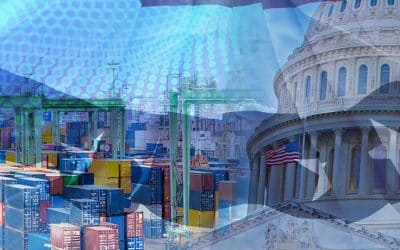Matellán: “There is payment capacity in the US. What’s lacking is political will”

Redacción Mapfre
Investors’ eyes are firmly locked on the U.S. debt ceiling debacle and the possibility that the country could be unable to meet its financial obligations in two weeks. The maximum amount that the U.S. Treasury can borrow through public debt issuance is agreed by Congress and currently stands at 31.4 billion dollars.
Treasury Secretary Janet Yellen warned this week that a default would generate “an economic and financial catastrophe” and urged Congress to act “as soon as possible,” with default expected to affect 66 million Social Security pensioners and result in an expected stock market fall of 45%.
Alberto Matellán, chief economist at MAPFRE Inversión, emphasizes that this is a purely political situation. “There is payment capacity in the US. What’s lacking is the political will to solve the problem,” he says. That means that if the U.S. did actually default on its debt, Matellán is certain that it wouldn’t be similar to what happened in Greece a decade ago.
Ismael García Puente, manager and fund selector at MAPFRE Gestión Patrimonial, confirms that this isn’t a solvency issue, despite the volatility and noise it’s generating. The next step for investors is to wait and see if Democrats and Republicans are able to reach agreement before we hit X-Day, the day on which the country cannot respond to payments due, which is set for June 1.
This week, the eurozone's GDP grew by 0.1% in the first quarter, driven by the Italian and Spanish economies and dragged down by France and Germany.
“This is very weak growth, since domestic demand has fallen and all the contribution is coming from outside,” says García Puente, who didn’t rule out growth data being revised downwards.
Matellán feels it’s not clear whether the global economy will go into recession or not, because the information available right now “is contradictory.” At the moment, weak growth is being recorded, in line with expectations.
Reopening in China and Japan
The reopening in China after the pandemic is strong, but the figures aren’t coming as high as what was initially expected. García Puente explained that this is because what’s driving the economy now is internal demand and household consumption as opposed to raw materials, as has happened on other occasions. Matellán adds that the slowdown in the Asian giant is “normal to a certain extent” in a country of that size.
Meanwhile, Japan published GDP data for Q1, showing growth of 0.4% compared to estimates of 0.1%, with the rise due to internal factors, as is the case in China.



